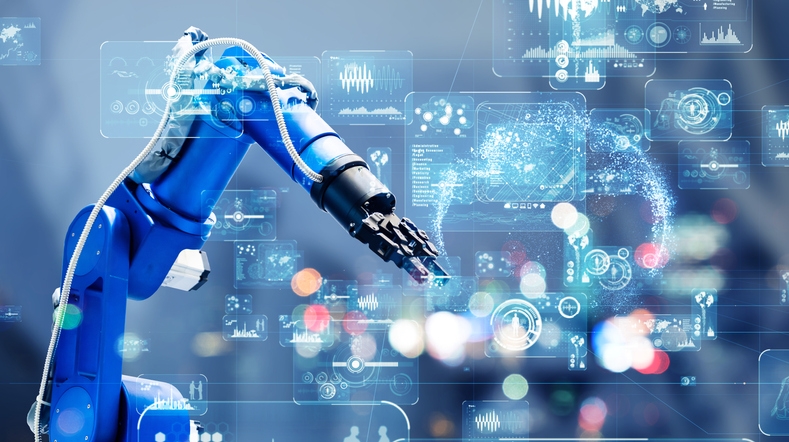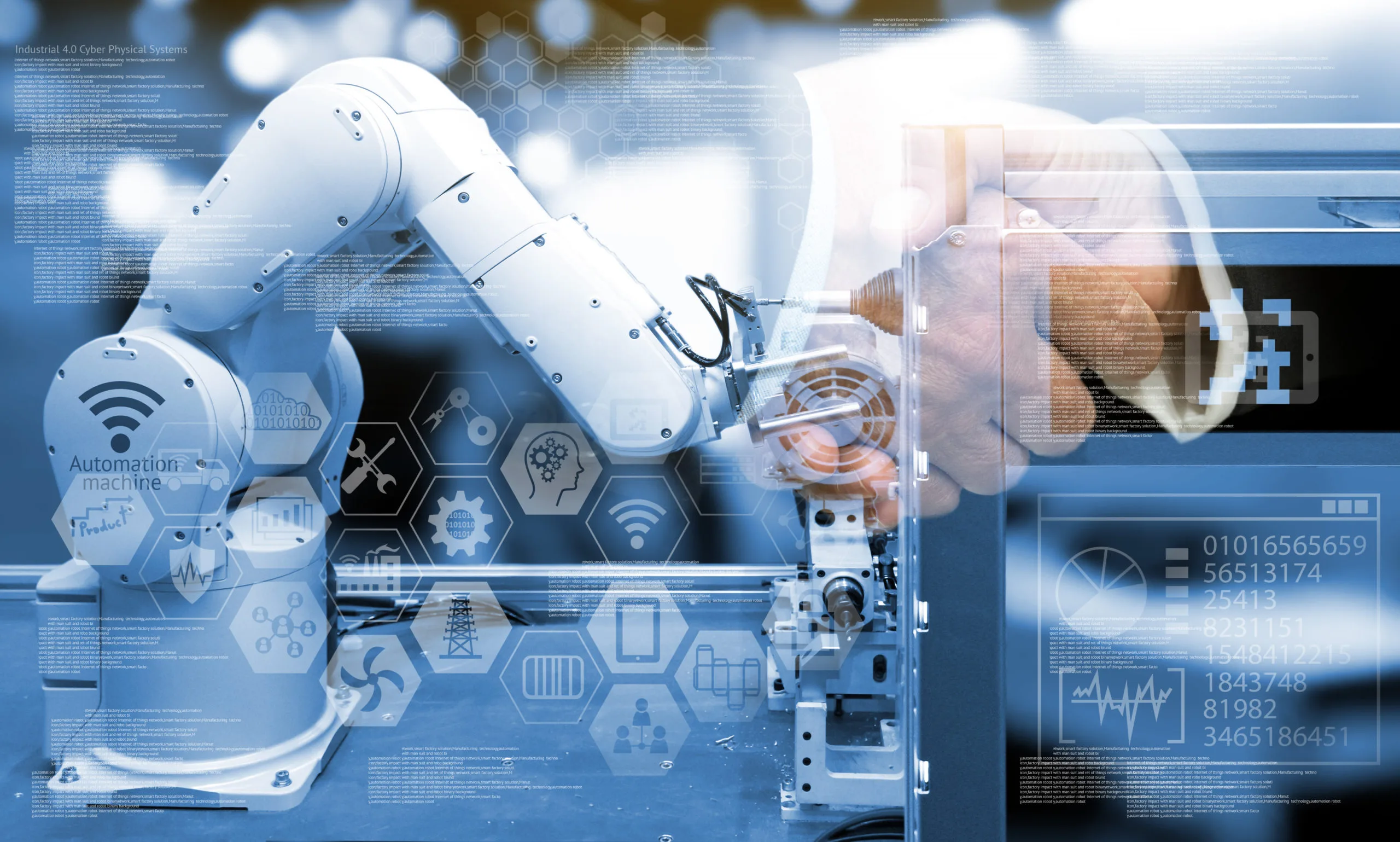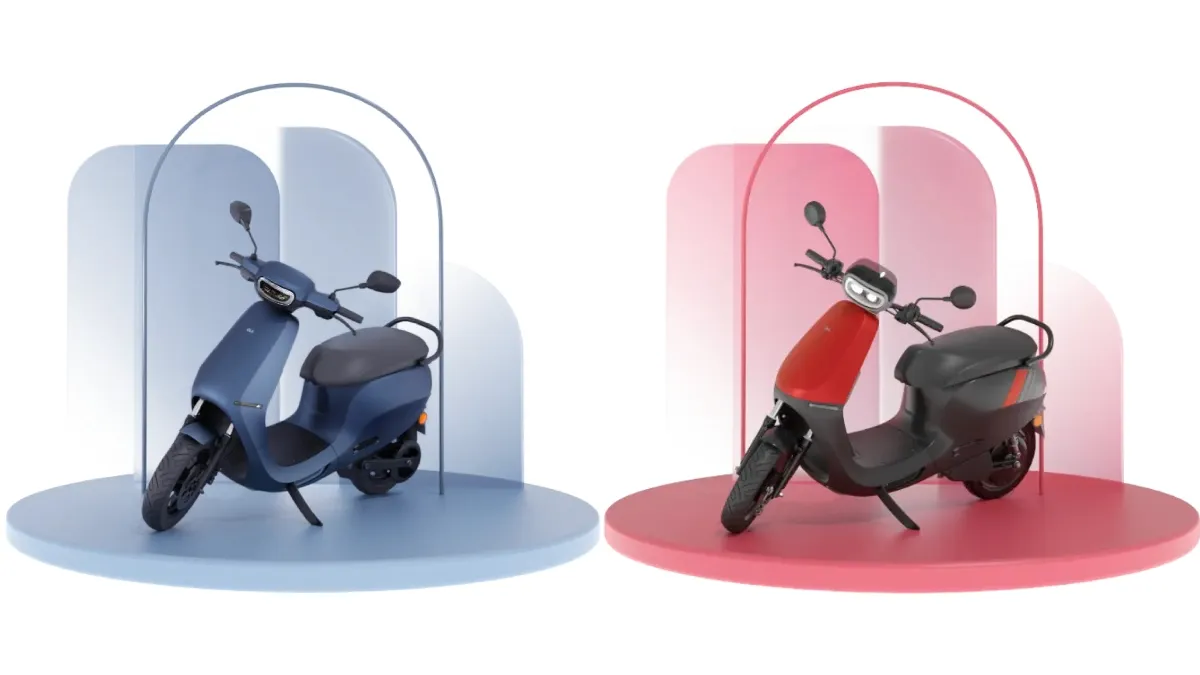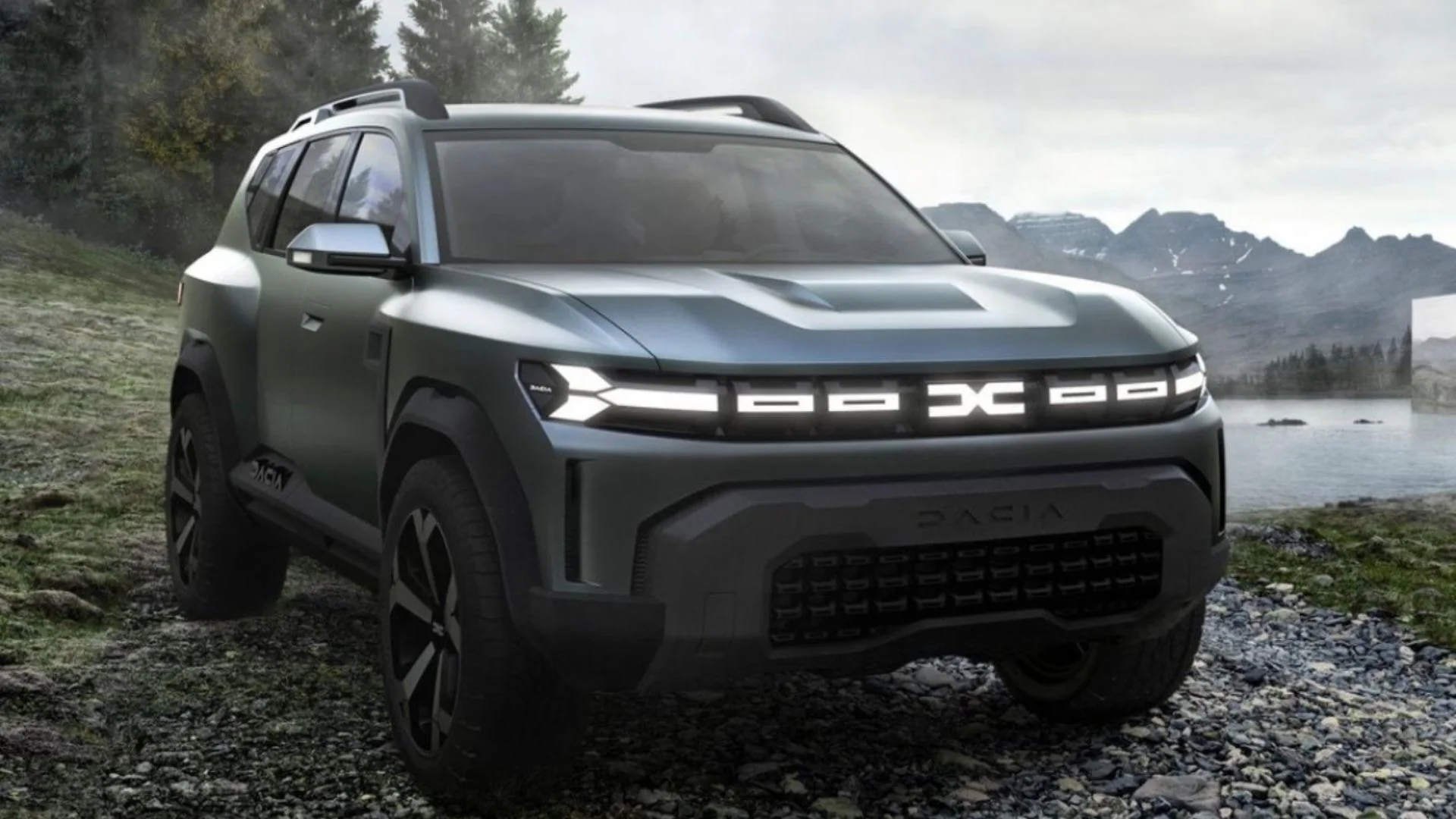Robots are the executors of whatever task they are designed for, which means they are only as powerful as the underlying algorithms used to program them. Machine learning harnesses the power of data to enable perception and decision-making in complex situations. Self-driving cars are perhaps the most popular example. These rely on machine learning algorithms to navigate routes and make real-time decisions, such as swerving to avoid a possible collision.
In industrial automation and manufacturing, machine learning is used to run a tighter and more efficient supply chain by allowing systems to make decisions independently. One of the main use cases is predictive maintenance. This includes using data to predict when equipment is likely to fail and proactively scheduling repair work, thereby saving maintenance costs and reducing equipment downtime. Smart warehouses leverage ML to gain real-time visibility, automate processes, identify gaps or opportunities in warehouse management, save time and reduce costs.
Robotics is also changing the healthcare and diagnostics industry in a big way. At the most superficial level, robots can perform maintenance tasks such as disinfecting patient wards and transporting items. But when powered with artificial intelligence and machine learning, they can help perform delicate surgical procedures, analyze medical images to identify tumors or fractures, provide diagnoses based on symptoms and medical history, and much more.
Precision medicine is a burgeoning field that takes advantage of machine learning and robotics to perform medical profiles for very specific groups of patients and provide them with personalized medical solutions. On the administrative side, many healthcare companies are investing in autonomous robots that can check-in patients at the clinic or accompany doctors on their rounds as a way to get second opinions from remote specialists. These robots can also provide remote medical diagnoses, especially for places that are difficult for health workers to reach on foot, such as a flooded area or a building hit by an earthquake. Other applications include medical transcription, language translation (including sign language), and electronic medical record creation. In short, machine learning enables robots to be smart, persistent, and 24/7 physician assistants, resulting in much greater efficiency in an overburdened healthcare system.

Enabling technologies, techniques
The link between machine learning and robotics can be summarized as follows: Machine learning trains a robot to become smart enough to perform tasks on its own.
In the early days of robotics, this took the form of hand-crafted machine learning algorithms. Recently, however, the focus has shifted to deep learning that can analyze and interpret data automatically. This can range from simple classification models (such as training robots to identify and classify objects based on visual input) to advanced applications such as generative AI, attention-based sensor fusion, or multi-domain models. Deep learning enables exponential progression in terms of perception and cognition in robotics, making it easier for humans and robots to safely interact and work together.
Future prospects and fears
Machine learning has huge potential for every industry; However, there are bottlenecks, however, to applying it at scale. For instance, complex applications involve using multiple machine learning models simultaneously, for which not all companies may have the processing power. There's also the fact that models are constantly increasing in size and scope to accommodate new data. There is another issue with pre-processing data: if it is not executed swiftly or efficiently enough, it can lead to pipeline bottlenecks and potentially feed out-dated or incorrect data to the algorithm. There are also data privacy concerns around using the cloud, especially when it comes to sensitive datasets like medical records or financial histories.
The way forward
Objectively, robotics holds an immense amount of potential. The challenge is to find ways to use robots at scale and without interfering with human decision-making. Smart factories are already recruiting AI-powered robots to work on routine tasks and handle heavy lifting, something they can do much more safely and efficiently than humans. Hospitals are also increasingly turning to robotic assistance, as are security companies and the customer service industry. In the future, we can expect machine learning and robotics to become more collaborative as more and more industries turn to automation. The innovative solutions will pave the way for further advances in the implementation of machine learning, leading to the holistic application of robotics to solve long-standing and emerging challenges. Exciting times lie ahead, and those who invest in their robotic potential will be the first to reap the commercial benefits.
Also Read: Ola S1X, S1X+ e-scooters launched in India: Prices start at Rs 79,999










_1766570474.webp)